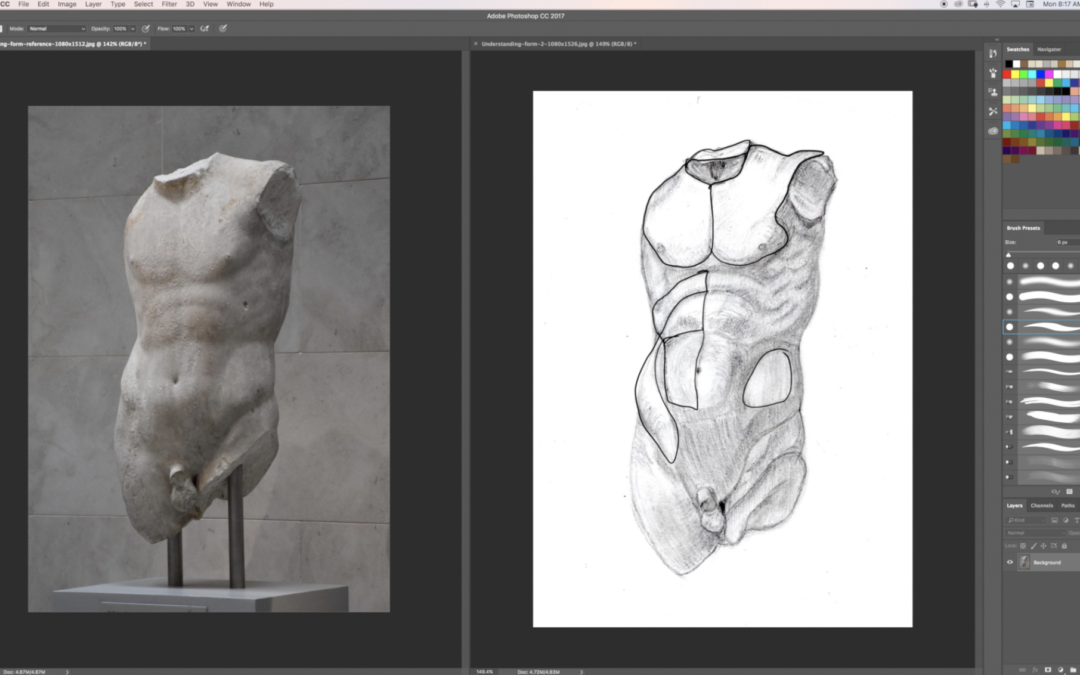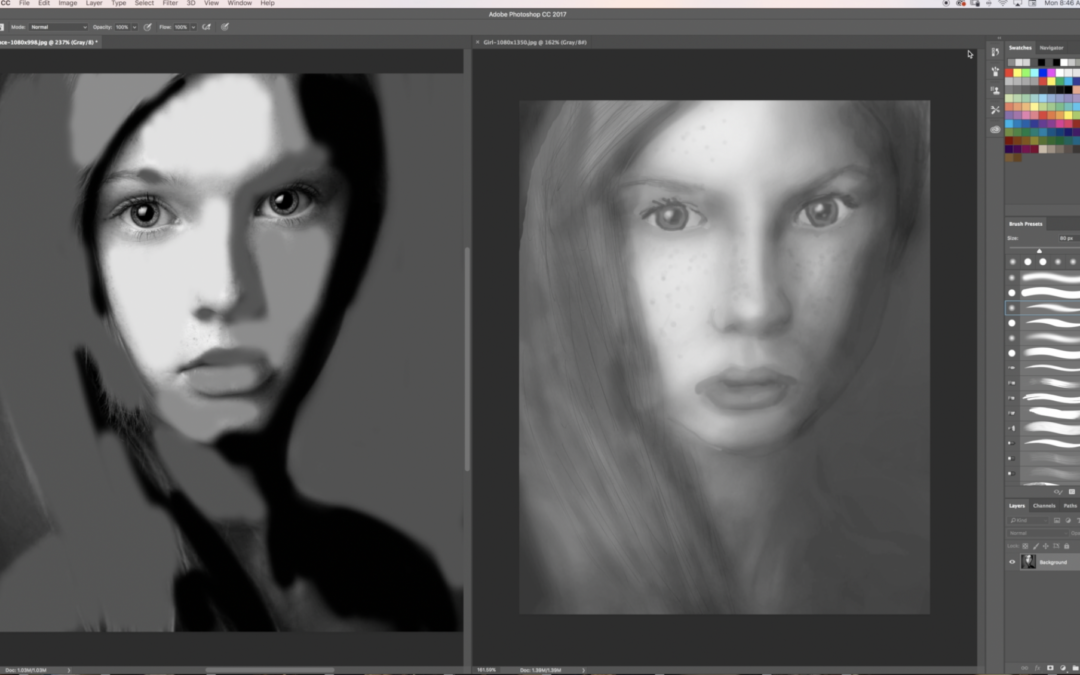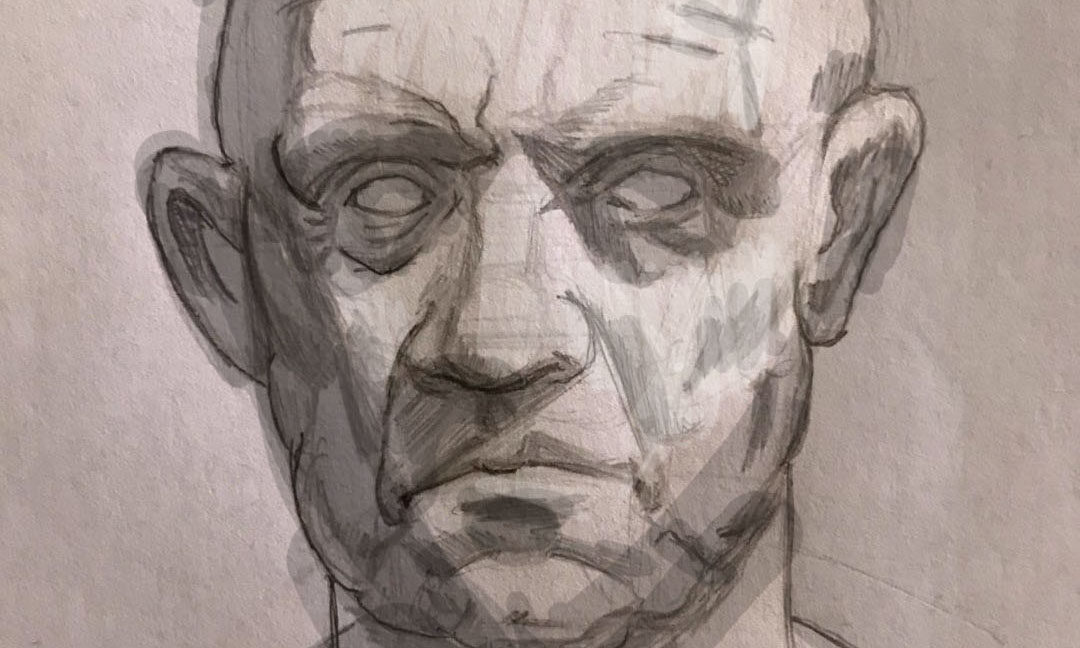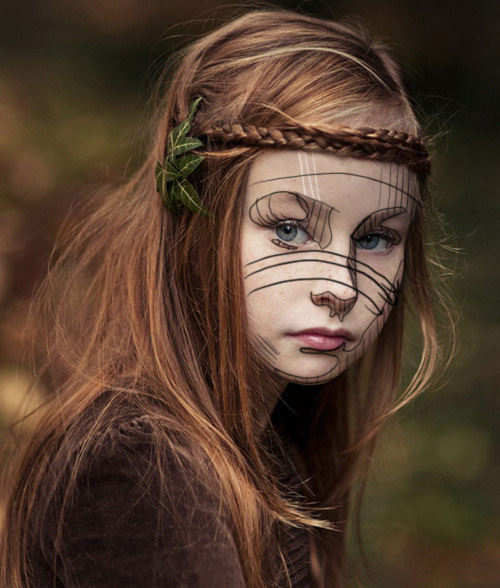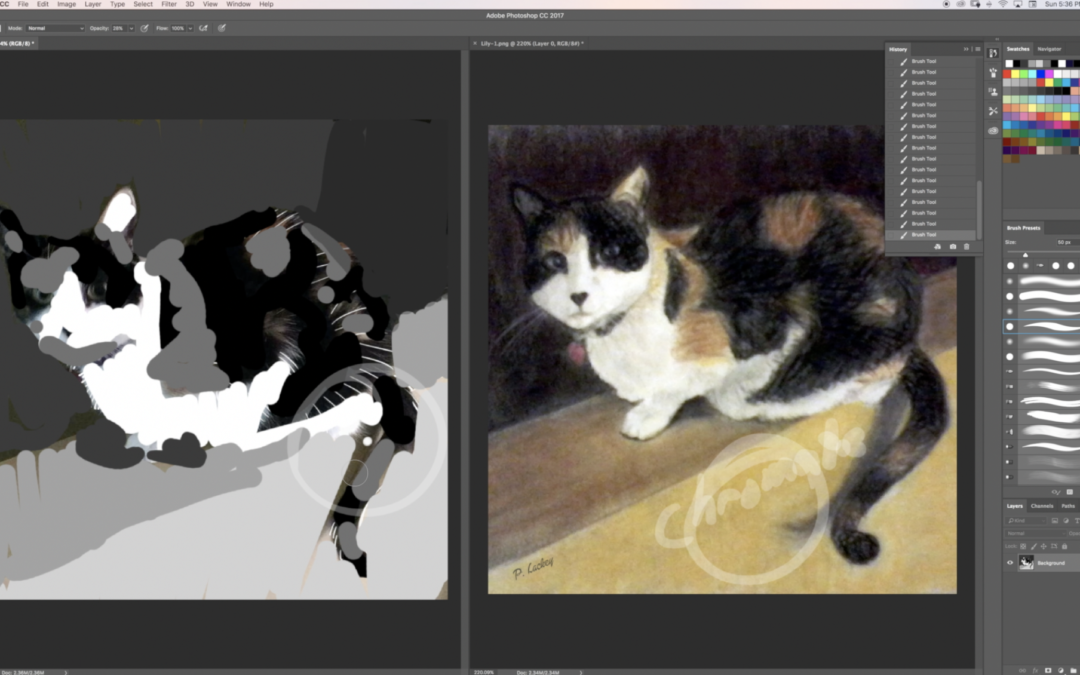
Critique Of The Week – How To Draw A Cat
Paul a member of Drawing Tutorials Online just recently uploaded one of his images for a critique.
I really liked his drawing of this cute furry cat. The drawing was done in a combination of pencil, colored pencil, pastels (both pencil and stick), as well as charcoal.
I thought the piece looked great. My recommendation for Paul was to add more texture to the drawing. Specifically where the cat hair touches the background. Creating more of a jagged edge in certain areas would make the cat fur look more like cat fur.
Plus I suggested adding more pencil strokes within the interior of the cat that showing volume. That would dramatically enhance the three dimensional quality of the cat.
The other item mentioned in the critique that would enhance Paul’s art is playing around with a couple of value studies. I’m all about loosing edges however arranging the value structure in a different way would certainly improve the look and feel of this image.
When working on an image take some time to create at least two value studies before you start working on the final art. Having two diverse value studies will just provide you with more options.
Thanks Paul for sharing your art for a critique.
You can read more about our drawing courses over at our member login page. Looking forward to working together with you.

